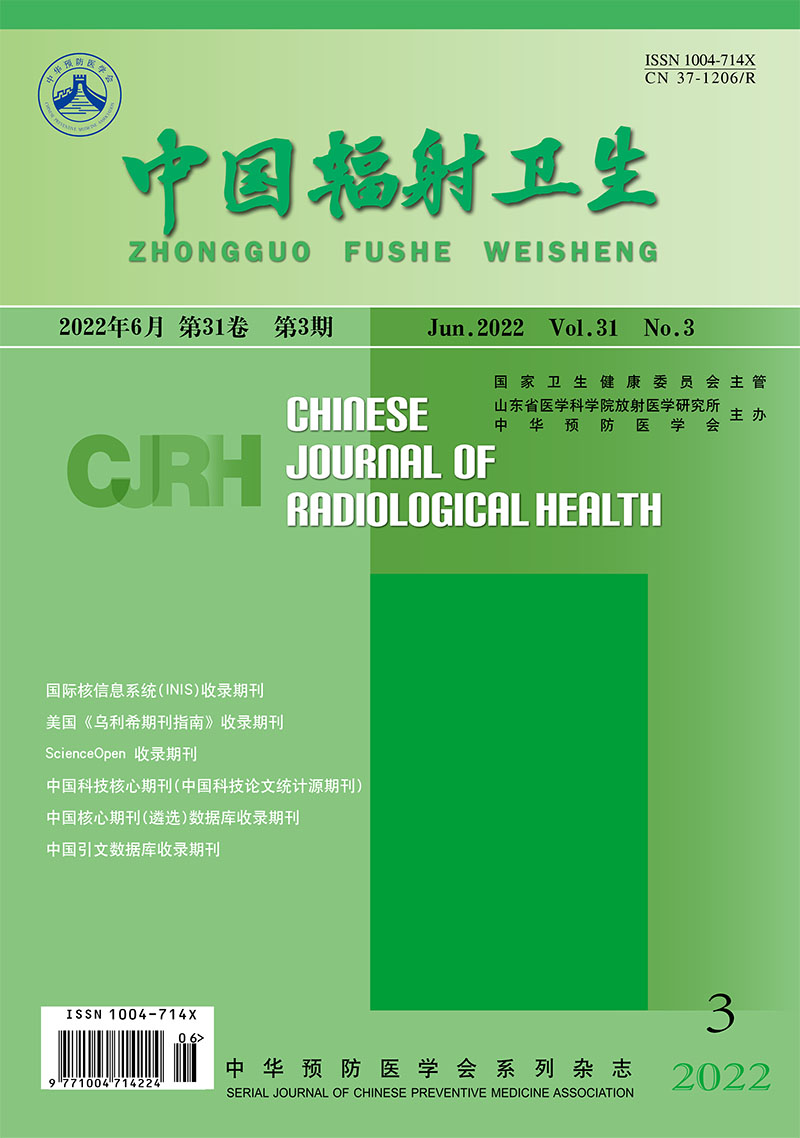Original Articles
WANG Rui, GENG Jianhua, DU Zhaomeng, ZHANG Chaokun, WANG Yibin, ZHENG Rong, WU Ning
Objective To investigate the influence of PET/CT imaging conditions (acquisition time, bed overlap, reconstruction matrix, iteration times, filter kernel size, and attenuation correction) on the spatial resolution of images. Methods Two PET/CT devices, GE Discovery Elite and GE Discovery ST-16, were used to scan the elliptical column resolution model in one and two beds (list mode, acquisition time of 6 min). Images were reconstructed under the commonly used clinical reconstruction conditions (Elite: VPFX-S algorithm, ST-16: VUE Point HD algorithm) at 1-6 min/bed, different iteration times of 2-10 times, different filter kernel sizes of 2.0-10.0 mm (Elite), and different reconstruction matrices, with attenuation correction or not. The spatial resolution of reconstructed PET images was represented by the full width at half maximum (FWHM) of the line spread function. Results Under the clinical acquisition conditions, when the acquisition time was 1 min, 2 min, 3 min, 4 min, 5 min, and 6 min, the FWHMElite of spatial resolution at the center of field of view was (4.06 ± 0.08) mm, (4.05 ± 0.20) mm, (4.01 ± 0.01) mm, (4.05 ± 0.07) mm, (4.05 ± 0.03) mm, and (4.08 ± 0.06) mm, and the FWHMST-16 was (5.76 ± 0.12) mm, (5.72 ± 0.11) mm, (5.74 ± 0.09) mm, (5.78 ± 0.05) mm, (5.75 ± 0.09) mm, and (5.77 ± 0.07) mm. When the phantom was located in the center of one bed and the overlap of two beds, the line FWHMElite at the center was (4.04 ± 0.01) mm and (4.04 ± 0.01) mm, and the FWHMST-16 was (5.39 ± 0.19) mm and (5.38 ± 0.07) mm, respectively. The FWHMElite at the center was (4.07 ± 0.18) mm, (4.25 ± 0.10) mm, and (4.73 ± 0.08) mm at the matrices of 256 × 256, 192 × 192, and 128 × 128, respectively. The FWHMElite at the center was (4.65 ± 0.43) mm, (4.77 ± 0.27) mm, (4.02 ± 0.01) mm, (4.11 ± 0.04) mm, and (9.94 ± 0.01) mm at the filter kernel sizes of 2.0 mm-10.0 mm (interval of 2.0 mm), respectively. The FWHMElite at the center was (4.17 ± 0.27) mm, (4.27 ± 0.21) mm, (4.11 ± 0.05) mm, (4.18 ± 0.04) mm, and (4.12 ± 0.06) mm at 2-10 iterations (interval of 2 times), respectively. The FWHMElite at the center was (4.14 ± 0.01) mm and (4.18 ± 0.08) mm with and without attenuation correction, respectively. At the same acquisition time and bed, the spatial resolution of Elite images was improved by about 40.57% compared with that of ST-16 images. Conclusion The spatial resolution of images obtained at the matrix of 256 × 256 is higher than that of images obtained at the matrices of 192 × 192 and 128 × 128 in the same model. Elite images have the best spatial resolution at the reconstruction filter kernel size of 6.0 mm. Under the same imaging conditions, Elite images show significantly better spatial resolution compared with ST-16 images. Acquisition time, overlap of beds, iteration times, and attenuation correction have no significant effect on the spatial resolution of PET images.

